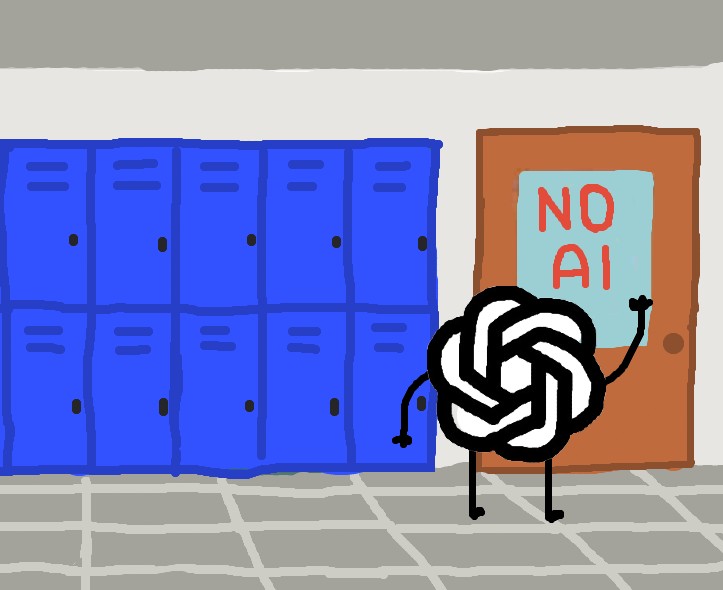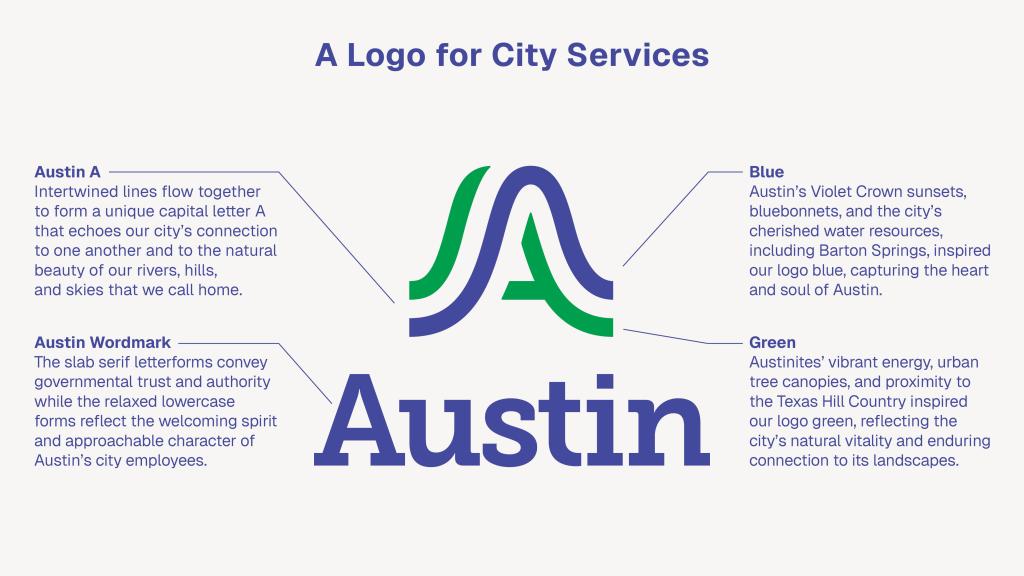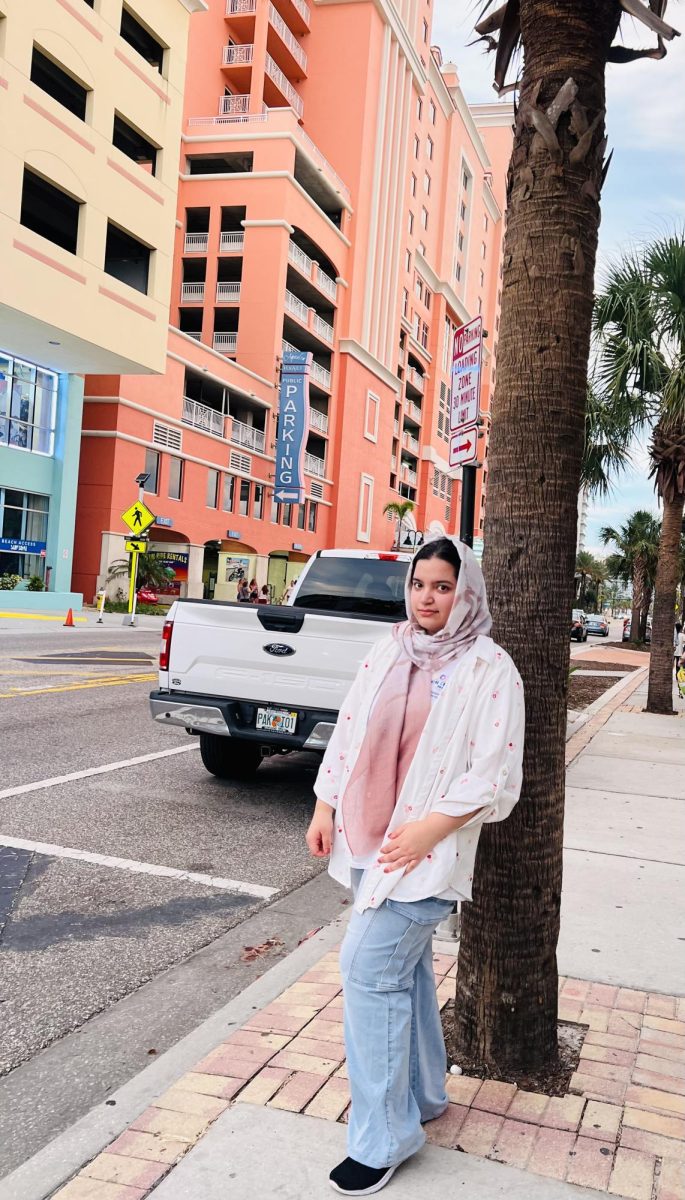
The sources of gender discrimination are hard to identify and even harder to eradicate
I remember the first time a boy told me I had to do what he says.
It was kindergarten, I wore my socks all the way up to my scabby knees because I was covered in bumps and bruises from my most recent tree-climbing exploration. That’s how I was when a male classmate leaned over to me on the playground and commanded, “You’re going to marry me!”
With no adult to plead the case of my independence, I threw my shoulders back and declared, “You don’t get to tell me what to do!” That was the comment that labeled me ‘bossy’ for the next four years, even though I had no clue what I did wrong.
It was five years later, my legs were a little longer but their scars still spoke of my fierce, adventurous spirit, when I sat in my principal’s office to report a boy who was harassing me physically and verbally. My principal laughed and shook her head, her well -pinned blonde curls staying perfectly in place, and told me, “sounds like someone has a crush on you! He probably just likes you; he isn’t trying to be mean.”
I didn’t walk through the halls with my shoulders back anymore, but rather watched my feet tread the halls wondering if maybe the boys in my class do get to tell me what to do. Ever since that day, there has been a nagging voice in my head every time I want to add to a class discussion or a group project. For fear of being ‘bossy’ or ‘dramatic,’ I learned how to preface my comments with “I just feel like…” and “This might not be right but…” and my actions with “I’m sorry, I’m just having one of those days.”

It’s now been seven years since the day my bubble of fair treatment and educational equality was popped, and I still find myself deferring to the tone set by male classmates and teachers in every learning environment I encounter. I sit quietly while boys incorrectly try to start a car in the school parking lot, even though I could easily show them how to do it. I watch with my mouth closed while classmates incorrectly identify feminism in my favorite novel. I find myself too focused on maintaining a school-appropriate appearance, being polite and charming to all of my teachers and filtering every possiblly offensive opinion to actually meet my true academic potential.
This issue is not one that can be simply solved. There is no clear source of discrimination other than than years, decades and centuries of setbacks that leave women in our country scrambling to achieve true equality with men. It is not an issue of anti-feminist teachers. I can’t point to the offensively uneven dress code and blame it for my discontent. The problem runs much deeper, way farther back than my grade school days. It’s not that girls are being prevented from success. NBCnews reports 7o percent of valedictorians in the United States are girls. Rather, the patriarchy of American schools is conveyed, not through actions and words, but an atmosphere of criticism and low expectations.
I wonder what would be different if principals took girls’ legitimate concerns about harassment seriously and told them that they are being wronged, that they do not owe their bullies anything, and that they should be able to walk through the halls with the same confidence as the boys around them. I wonder what would happen if adults looked kindergarteners in the eyes and said “being independent is not the same as being bossy.” I wonder what would happen if I shared my opinions in class without apologizing. I wonder what would happen if I had equal expectations placed on me as the boys I’ve grown up with, and until we find an answer, I will wonder still.
I know I could start the car and drive it, if someone would just give me the key.







